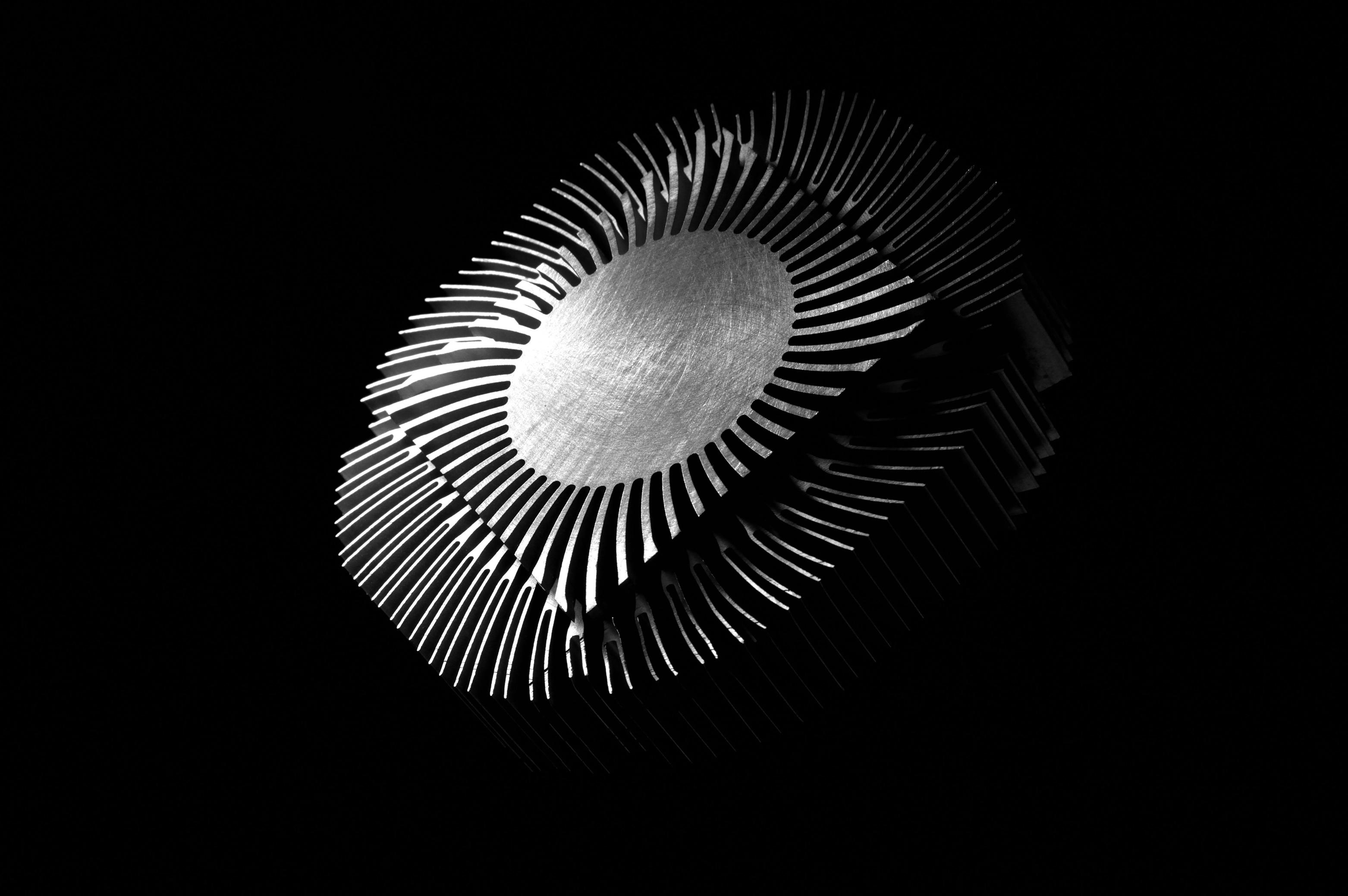Radiator Cooling Fan Not Working: Troubleshooting and Fixes
Introduction
A malfunctioning radiator cooling fan can cause significant trouble for your vehicle, leading to overheating and potential engine damage. Addressing the issue promptly is essential to maintaining your car’s health and ensuring your safety on the road. By understanding the symptoms of a faulty cooling fan, you can diagnose and resolve the issue before it escalates into a more costly repair. This comprehensive guide covers the signs of radiator cooling fan failure, common causes, diagnostic steps, repair methods, preventative maintenance, and frequently asked questions.

Signs Your Radiator Cooling Fan is Not Working
Identifying a faulty radiator cooling fan is critical for avoiding engine overheating. Several signs indicate your cooling fan may not be working properly:
- Engine Overheating: One of the first indicators is an overheating engine. If you notice your temperature gauge rising more than usual, it may be due to a cooling fan issue.
- No Fan Noise: Normally, when the engine heats up, you should hear the cooling fan activate. If there is no sound, it’s a strong sign that your fan is malfunctioning.
- Air Conditioning Performance: Poor air conditioning performance can also signal a faulty cooling fan, as the A/C system relies on it to dissipate heat.
- Warning Lights: Modern vehicles come with dashboard warning lights that alert you to cooling system problems. Pay attention to these signals.
By recognizing these signs early, you can take action to troubleshoot and fix the problem, preventing more extensive damage.
Common Causes of Radiator Cooling Fan Failure
Understanding the root causes of radiator cooling fan failure can help in effectively diagnosing and fixing the issue. Common culprits include:
- Blown Fuses: A fuse protects the cooling fan circuit, and if it blows, the fan will not receive power.
- Faulty Relays: The relay controls the power to the cooling fan. A broken relay can prevent the fan from operating.
- Worn-Out Motors: Over time, the motor that drives the fan can wear out or get damaged, leading to failures.
- Electrical Issues: Damaged wiring, loose connections, or corroded contacts can interrupt the power supply to the cooling fan.
- Thermostat and Sensors: Faulty thermostats and temperature sensors may fail to communicate that the engine is overheating, thereby not triggering the fan to turn on.
Identifying these common causes allows for targeted troubleshooting and repairs.

Diagnosing the Problem
Accurate diagnosis is crucial to fixing your cooling fan issue effectively. Follow these steps to diagnose the problem:
Visual Checks
Start by performing visual inspections:
- Look for visible damage to the fan blades and motor.
- Check for loose wiring or connections around the cooling fan.
- Ensure there are no obstructions hindering the fan’s movement.
Electrical System Diagnostics
Testing the electrical system components involves:
- Using a multimeter to check for voltage at the fan motor.
- Inspecting the fuse box for blown fuses related to the cooling fan circuit.
- Testing the cooling fan relay with a multimeter for continuity.
Testing Individual Components
To isolate the issue, test each component individually:
- Fan Motor: Check by directly connecting it to a power source to see if it operates.
- Relays and Fuses: Swap relays and replace fuses if they are faulty.
After diagnosing the root cause, proceed with the appropriate fix.

How to Fix a Faulty Radiator Cooling Fan
Once you’ve pinpointed the issue, you can follow these steps to fix your radiator cooling fan:
Replacing a Blown Fuse
- Locate the fuse box and identify the cooling fan fuse using the diagram.
- Remove the blown fuse and replace it with a new one of the same amperage.
- Turn on the vehicle to see if the cooling fan operates.
Swapping a Faulty Relay
- Find the cooling fan relay in the fuse box.
- Remove the defective relay and install a new one.
- Test the fan operation by running the vehicle.
Repairing Electrical Connections
- Examine the wiring and connectors for any damage or corrosion.
- Clean corroded contacts with electrical cleaner.
- Repair or replace damaged wiring and secure all loose connections.
- Test the fan to ensure it receives power.
These fixes should restore your radiator cooling fan’s functionality and ensure your engine stays cool.
Preventing Future Issues
To avoid future problems with your radiator cooling fan, implement these preventative measures:
Regular Maintenance Tips
- Periodically check and clean fan blades.
- Inspect electrical connections and wiring harnesses.
- Ensure the fan motor is free of debris and obstructions.
Using Quality Parts
- Always use OEM (Original Equipment Manufacturer) parts for replacements.
- Use high-quality aftermarket alternatives if OEM parts are unavailable.
Adhering to these tips can prolong the life of your cooling fan and prevent further issues.
Conclusion
A malfunctioning radiator cooling fan can lead to serious engine problems if not addressed promptly. By recognizing the signs, diagnosing the root causes, and applying the appropriate fixes, you can keep your vehicle running smoothly and avoid costly repairs. Regular maintenance and the use of quality parts will help prevent future issues, ensuring your cooling system operates efficiently.
Frequently Asked Questions
What should I do if my radiator cooling fan stops working while driving?
If your radiator cooling fan stops working while driving, turn off the air conditioning, avoid heavy traffic, and reduce engine load by driving at a moderate speed. Pull over and let the engine cool before investigating further or seeking professional help.
Can I drive my car without a working radiator cooling fan?
Driving without a working radiator cooling fan can lead to engine overheating and potential damage. It’s best to address the issue immediately to avoid costly repairs and ensure your vehicle’s reliability.
How much does it cost to repair or replace a radiator cooling fan?
The cost to repair or replace a radiator cooling fan can vary. Fuse and relay replacements are typically inexpensive, ranging between $10 to $50. Replacing the fan motor might cost between $150 to $550, including labor and parts.

